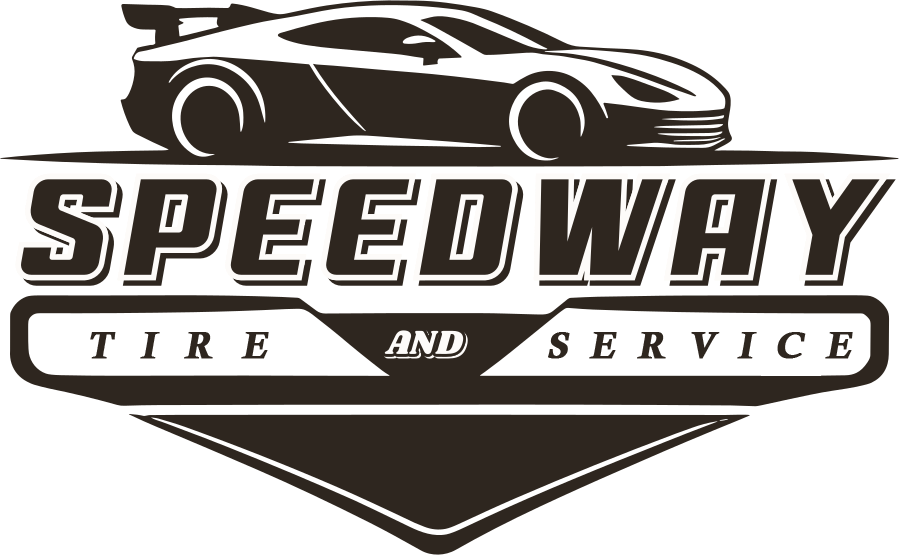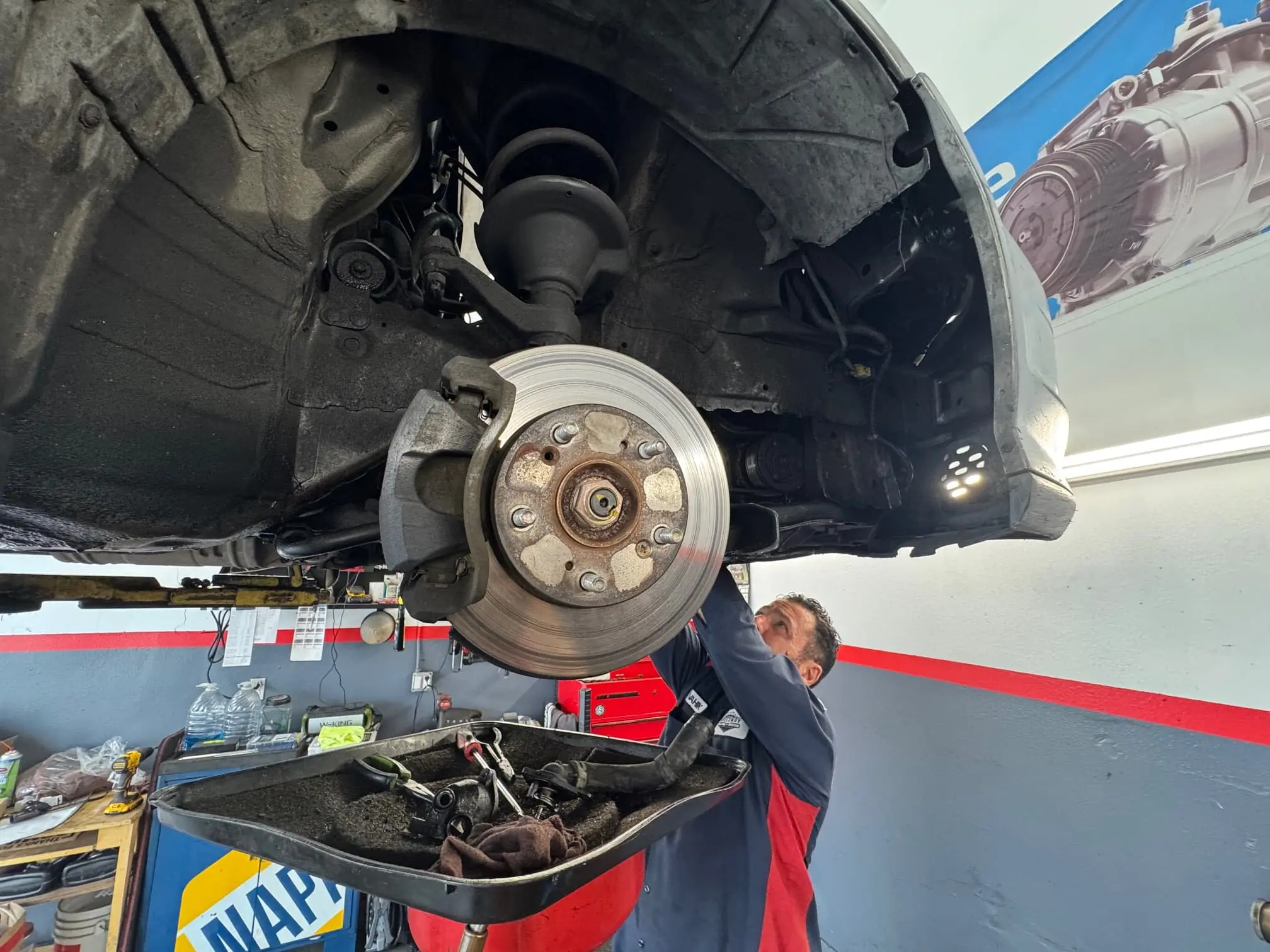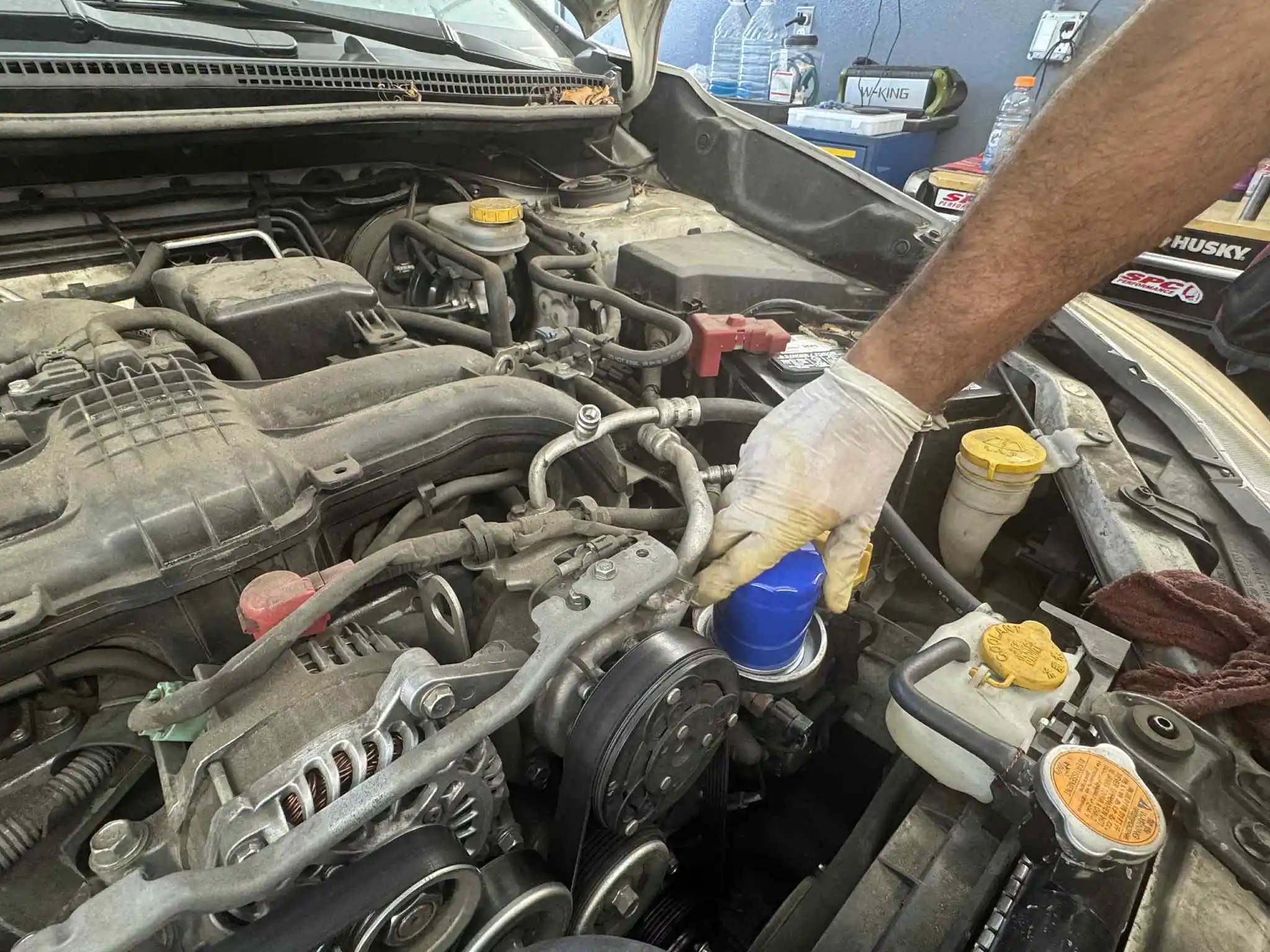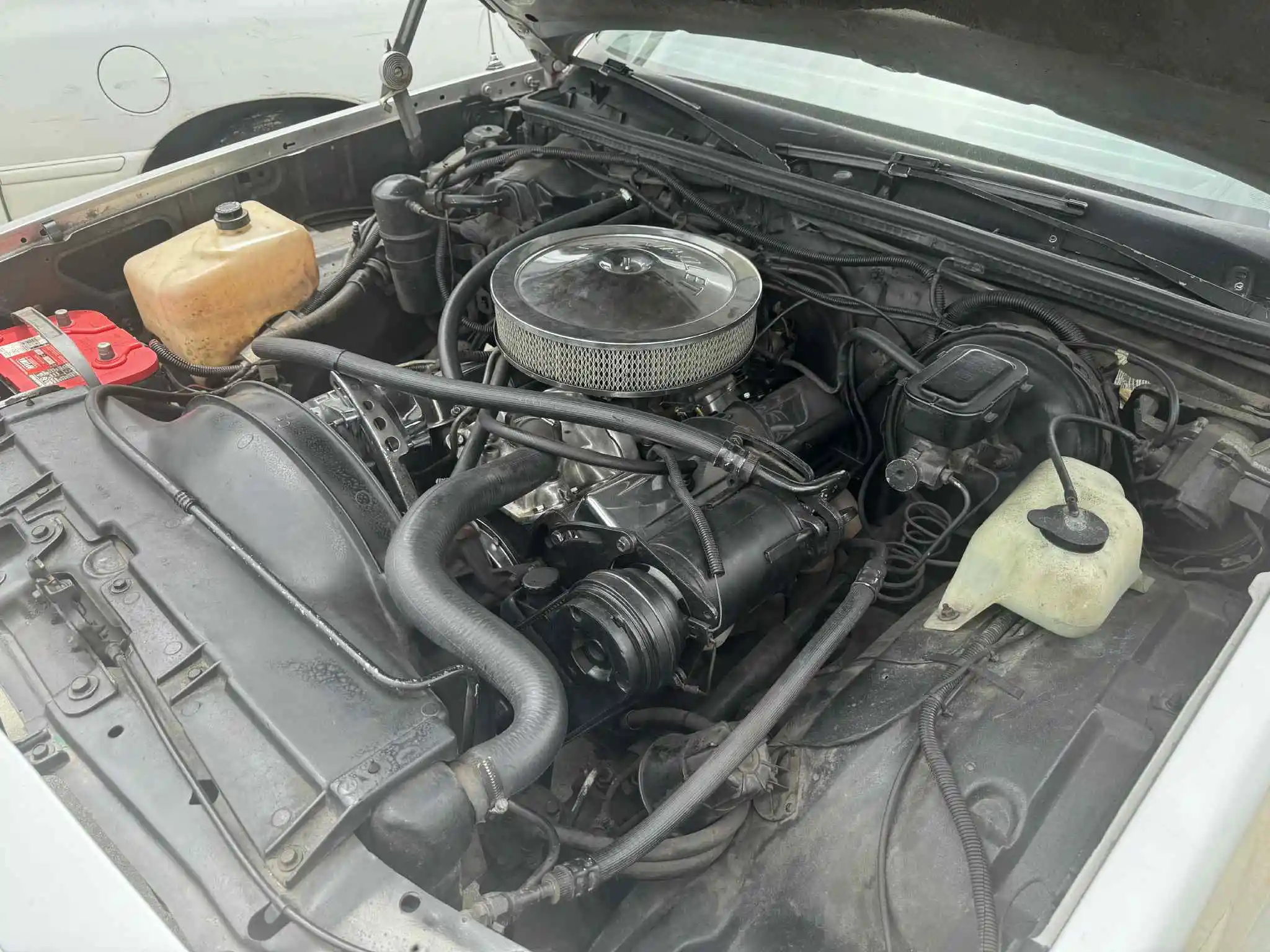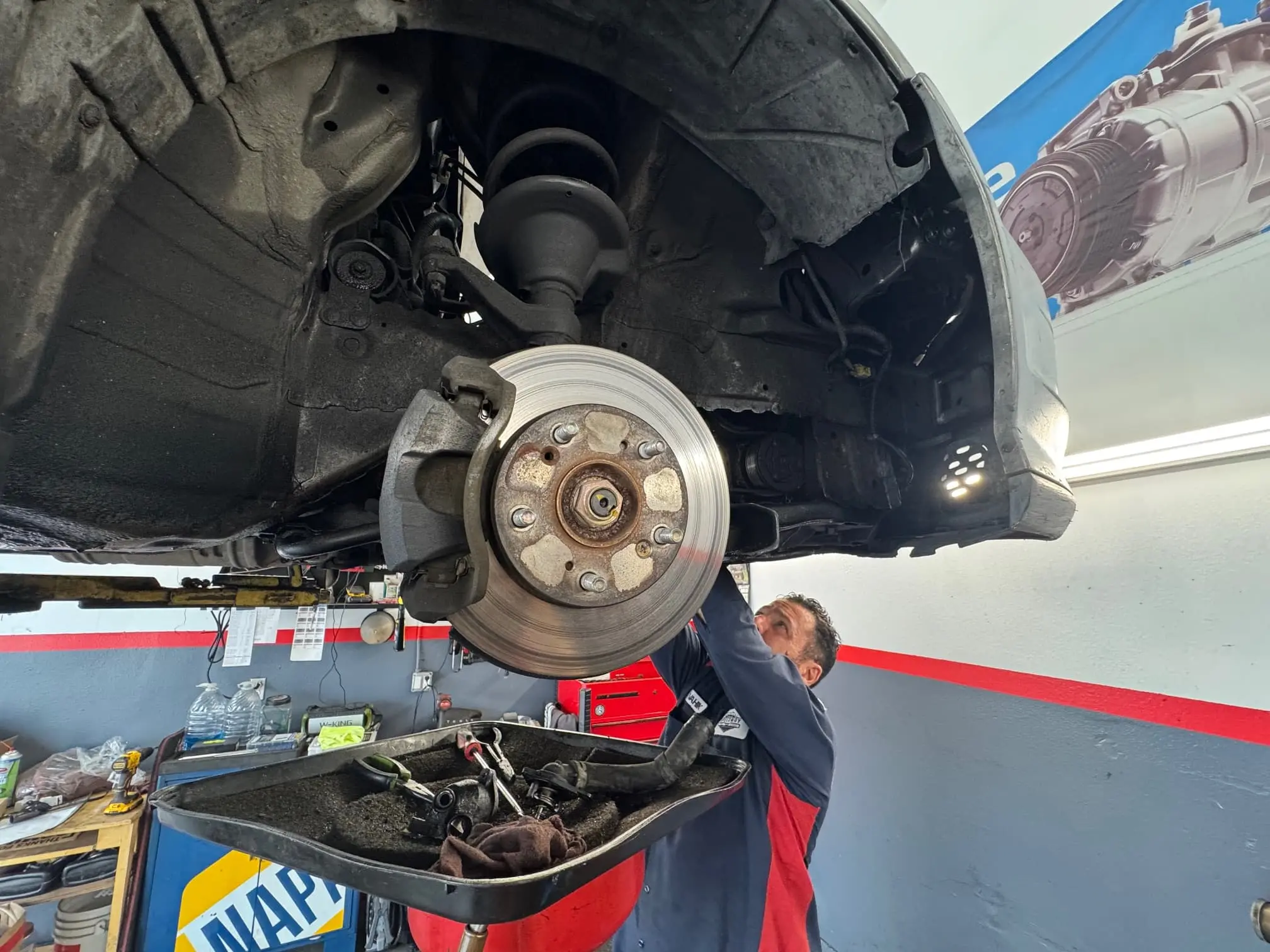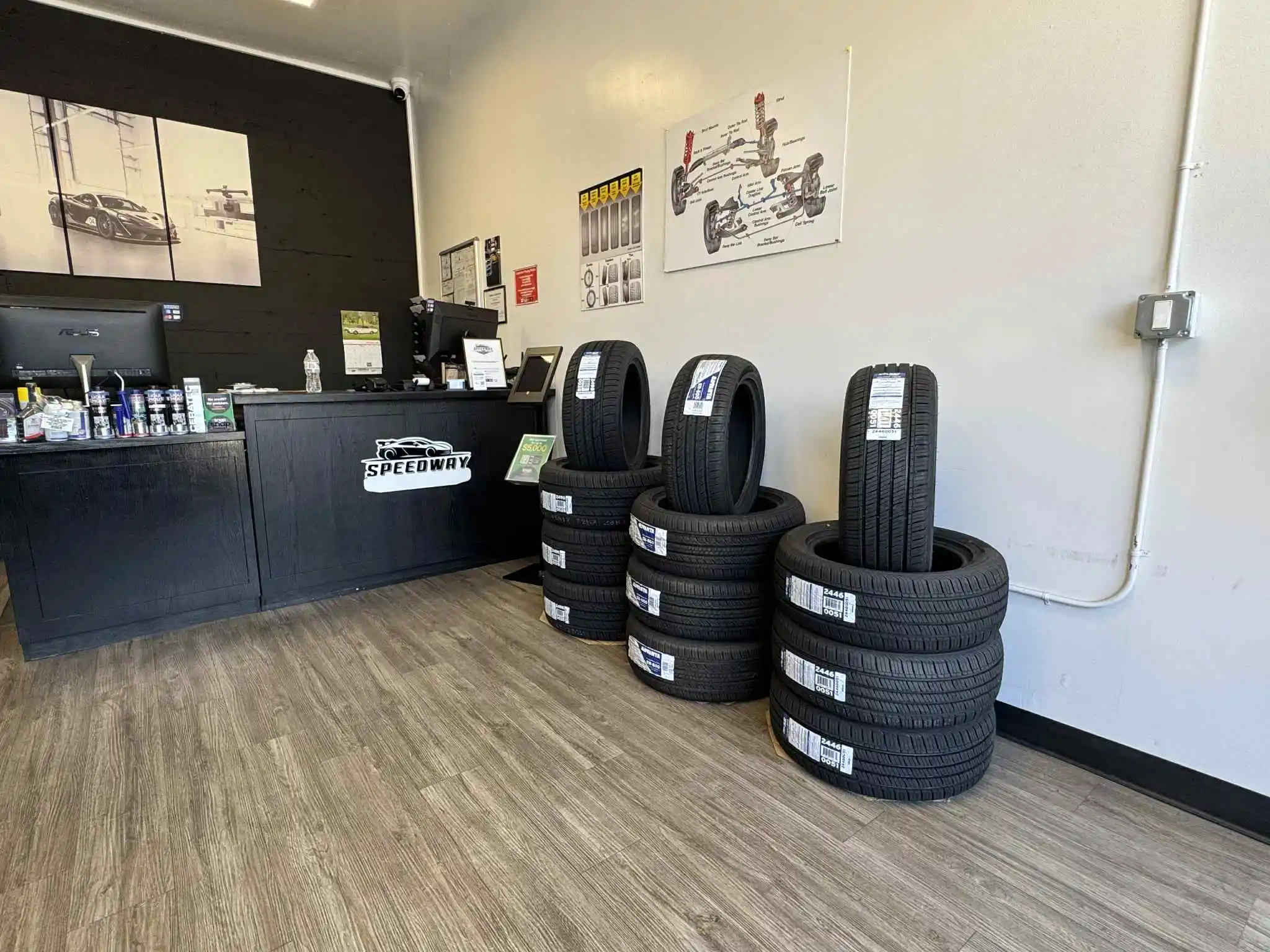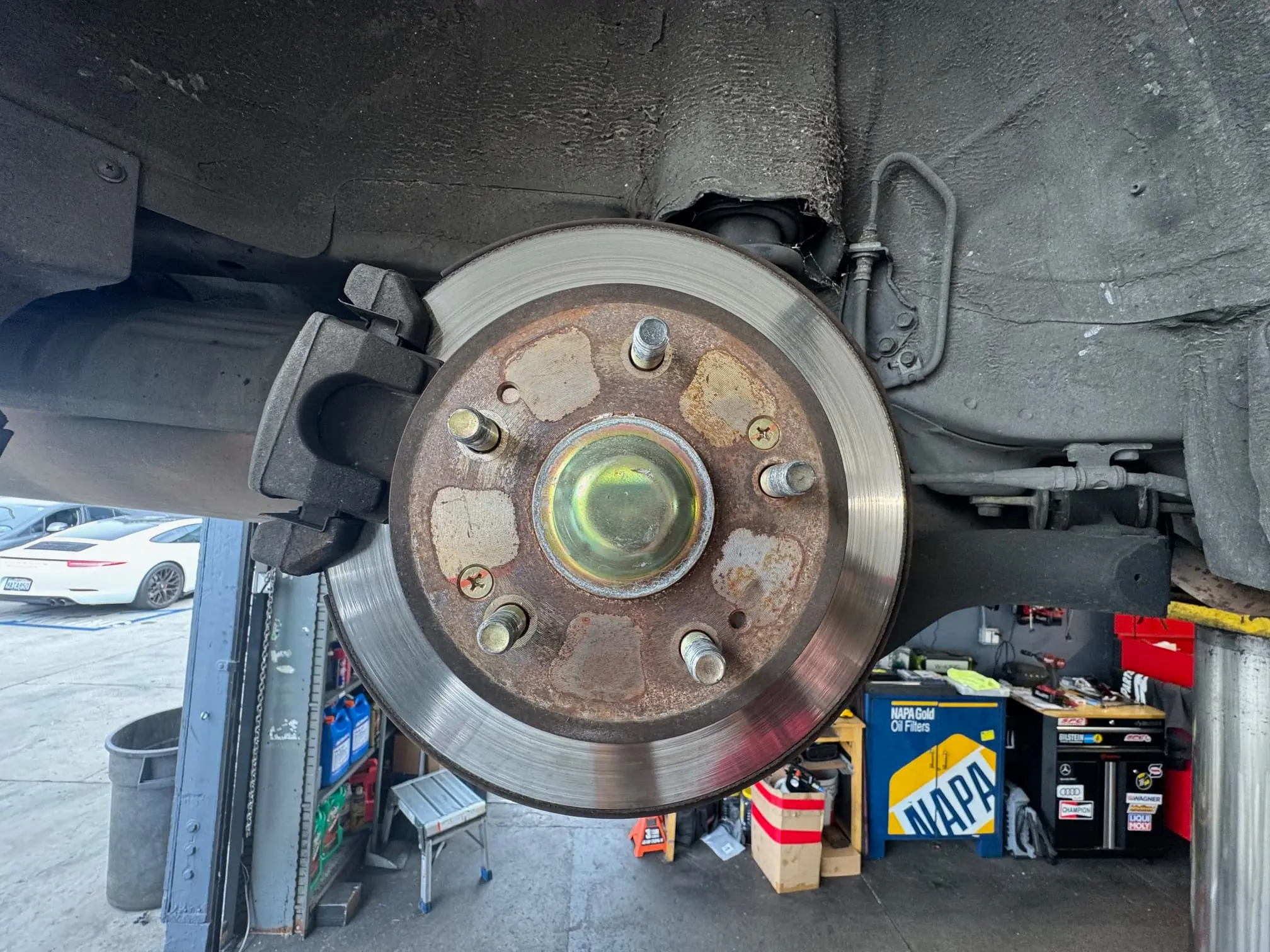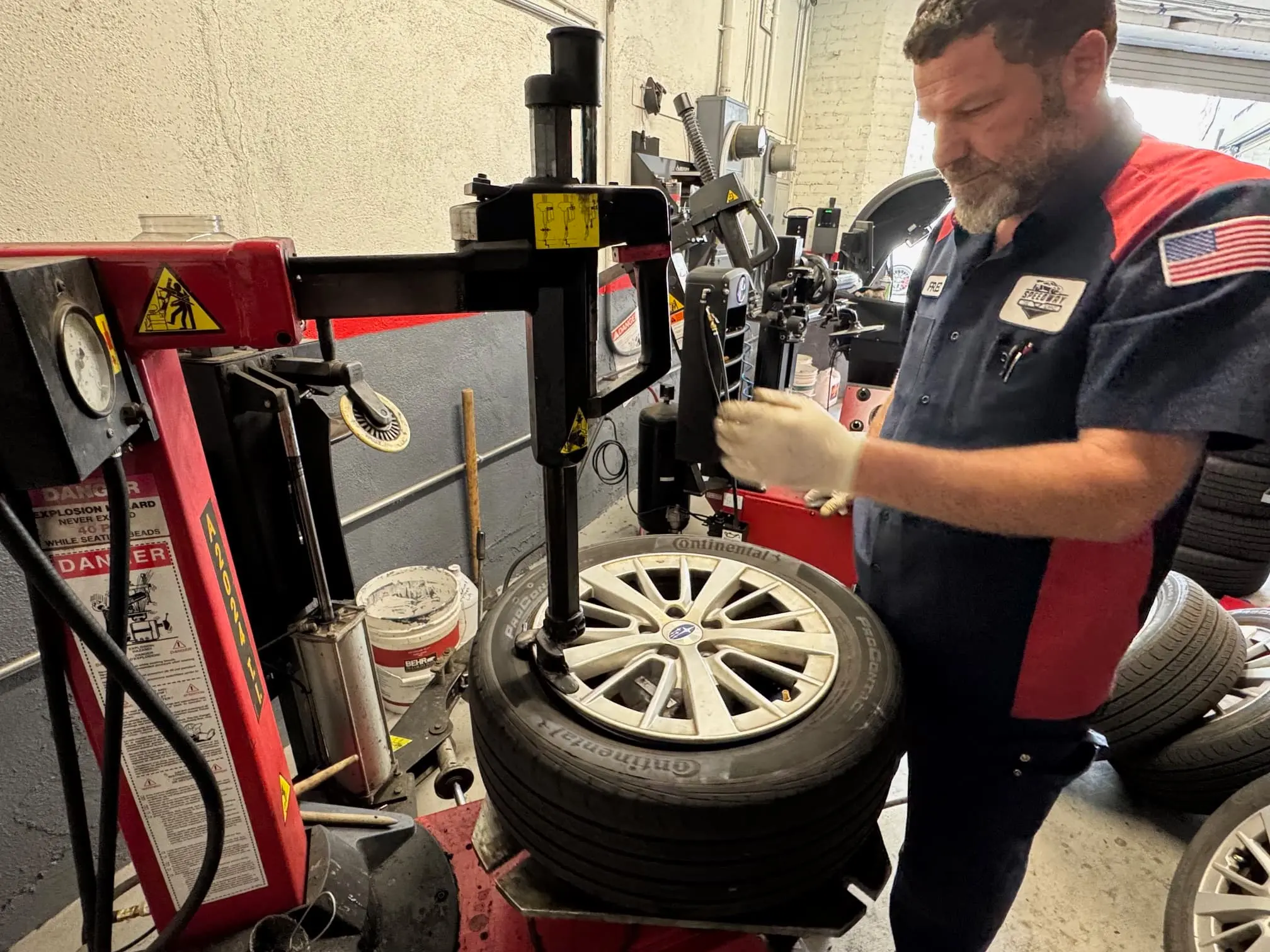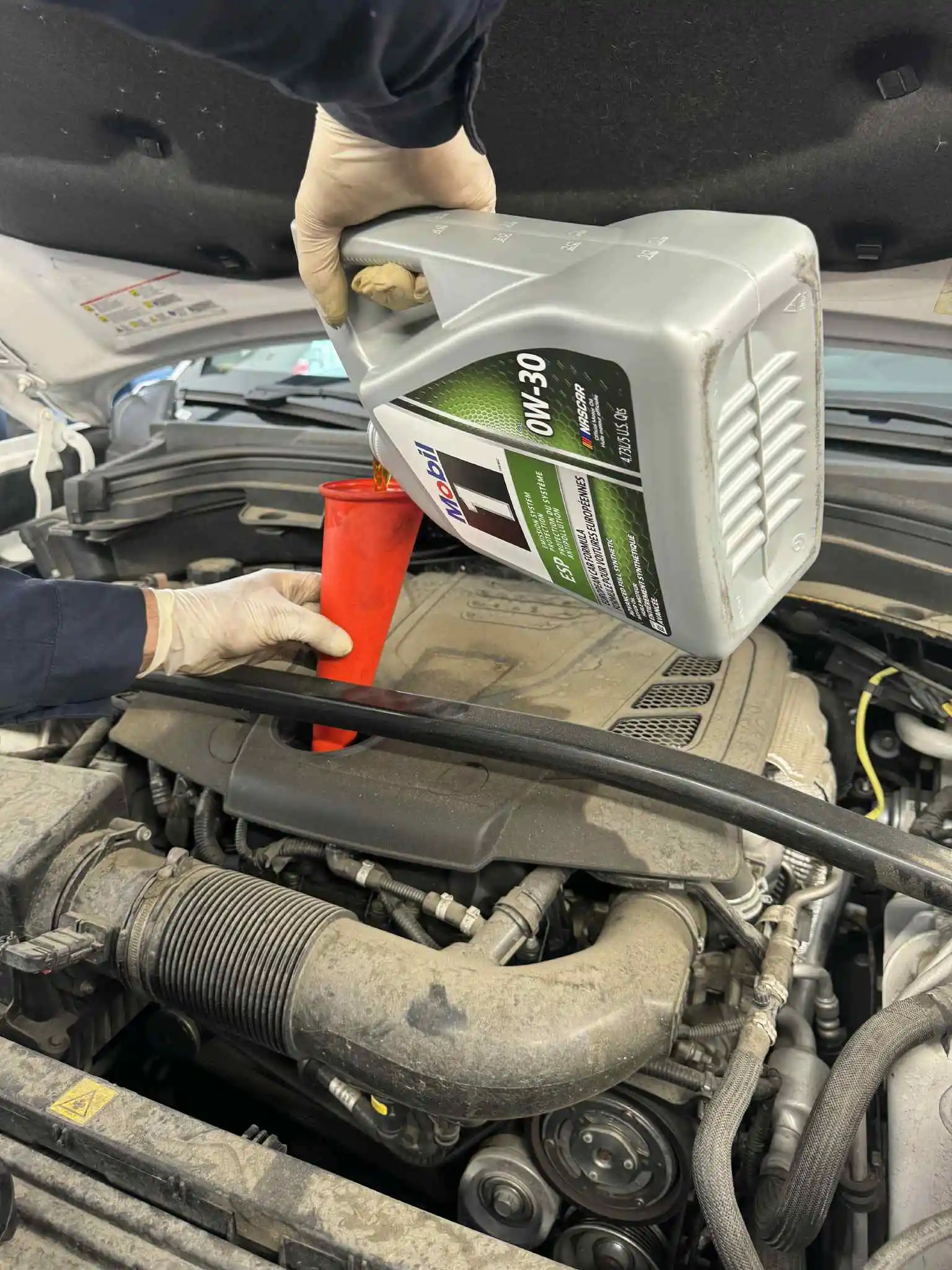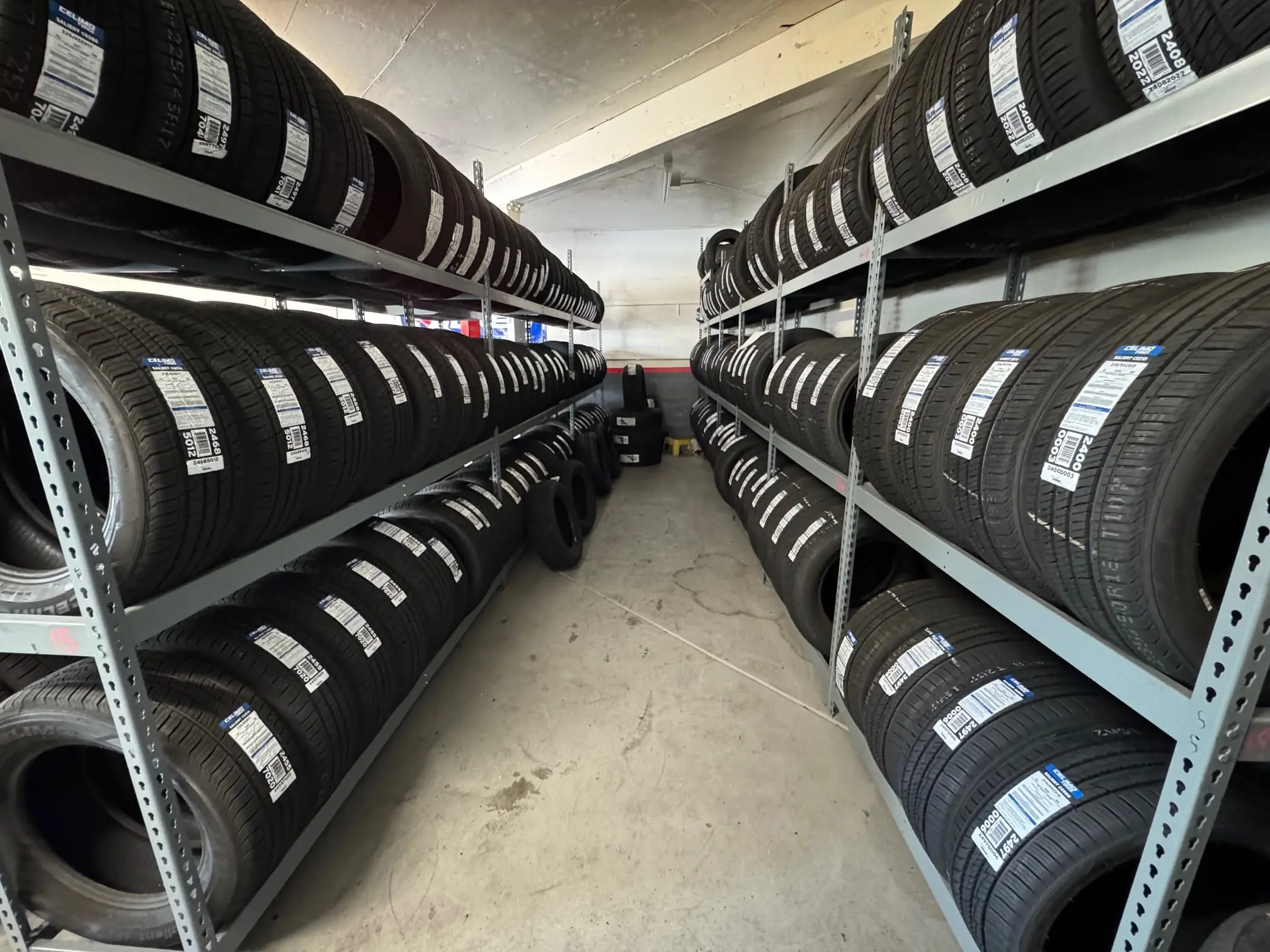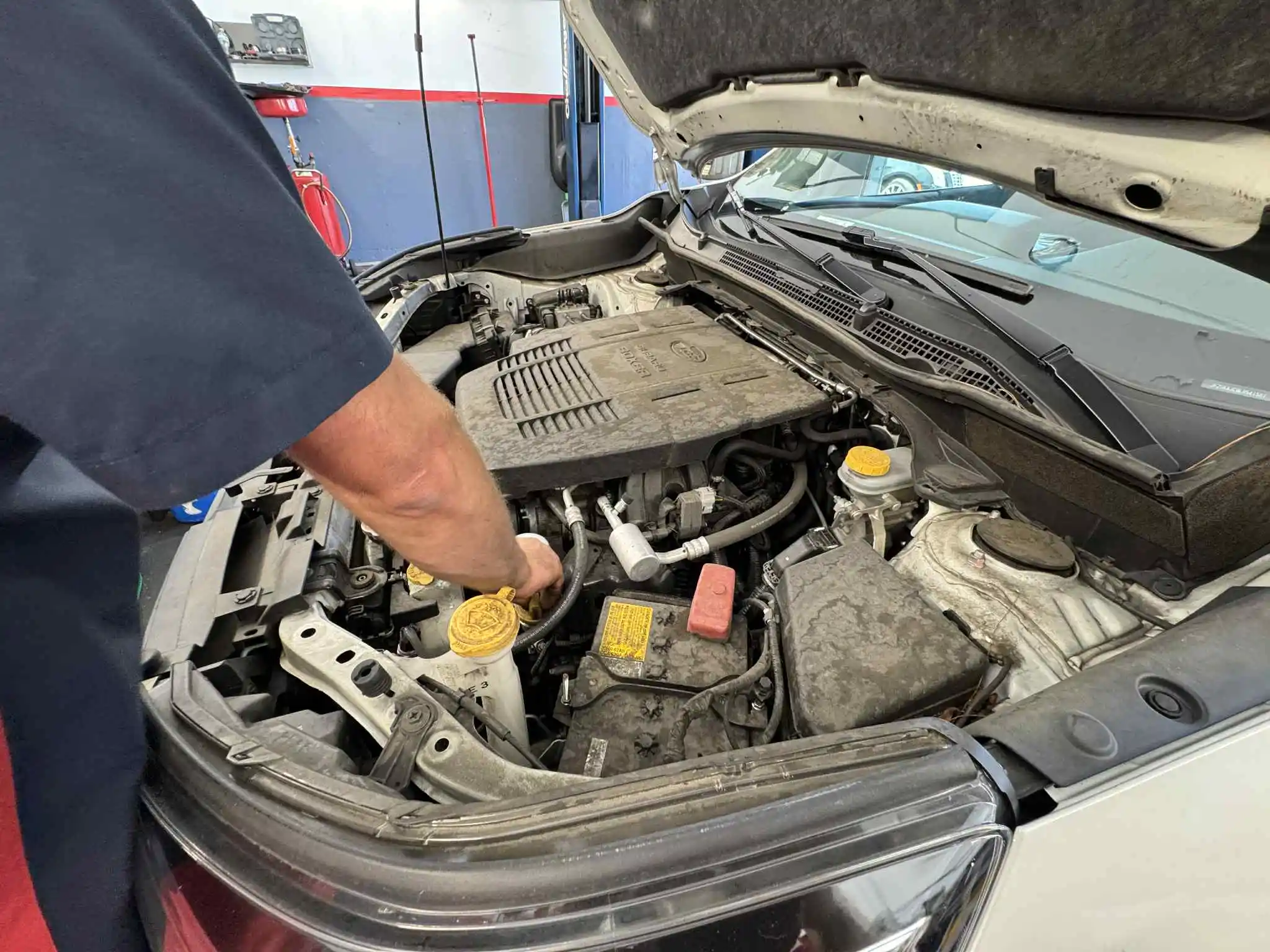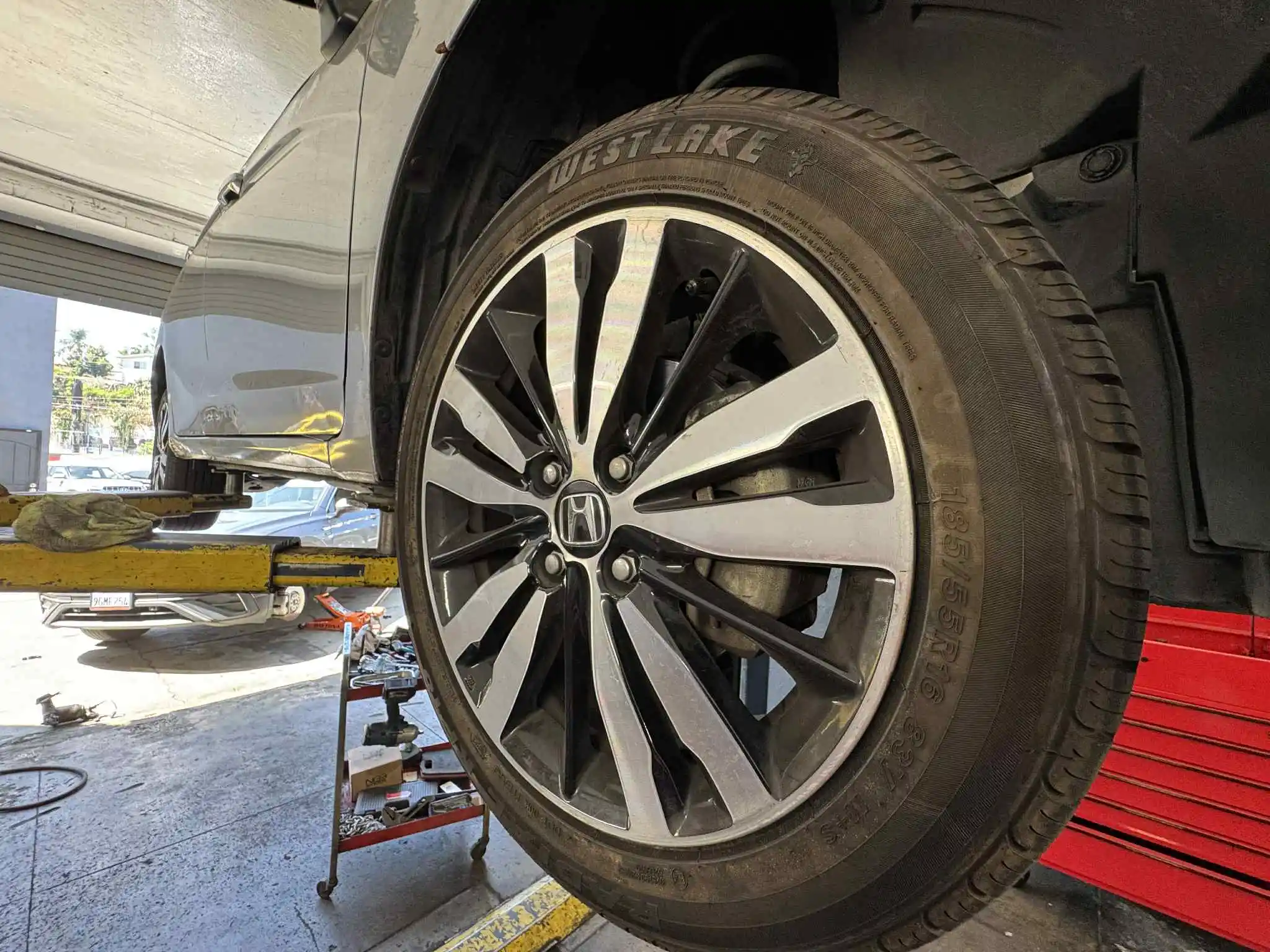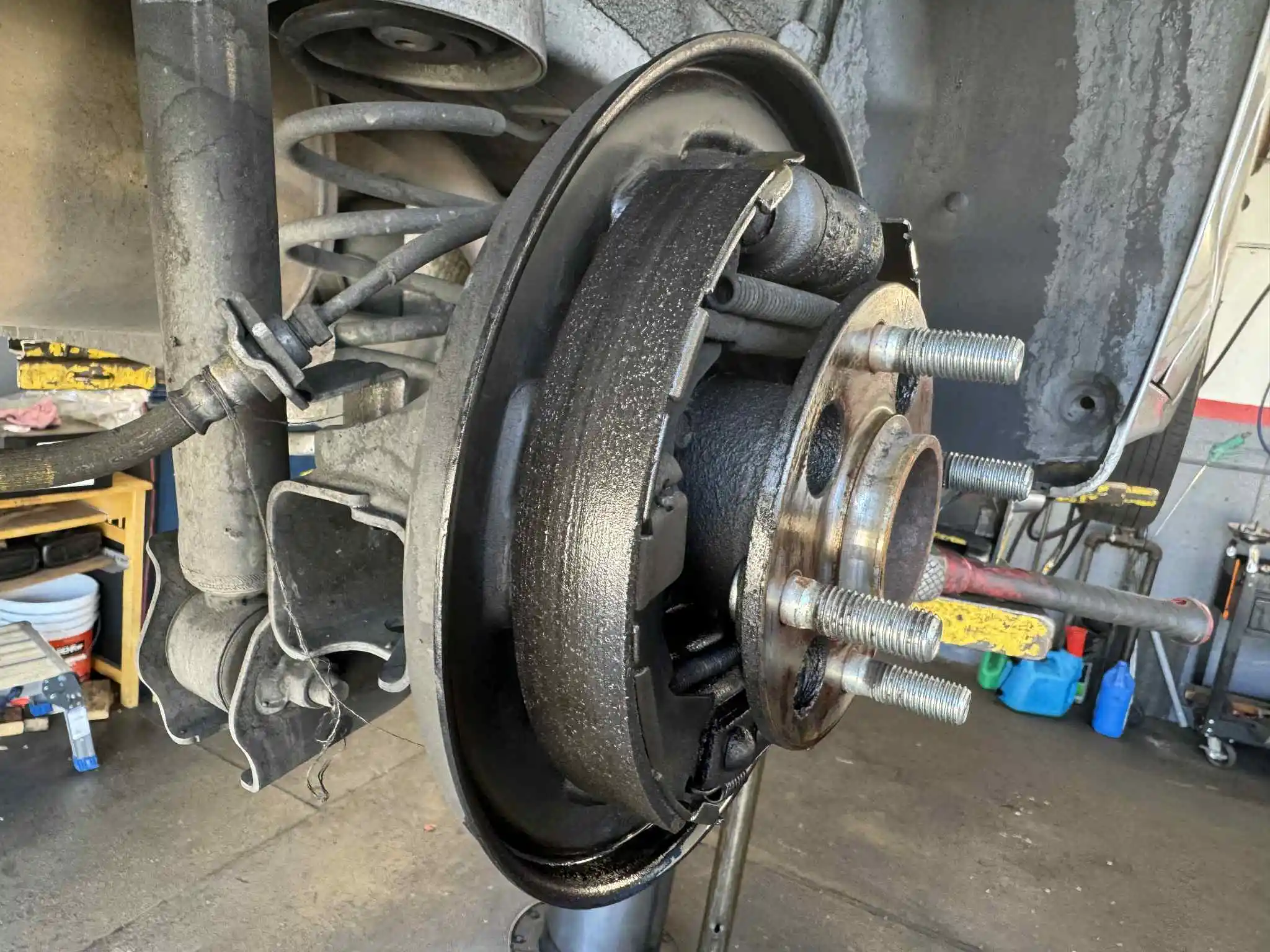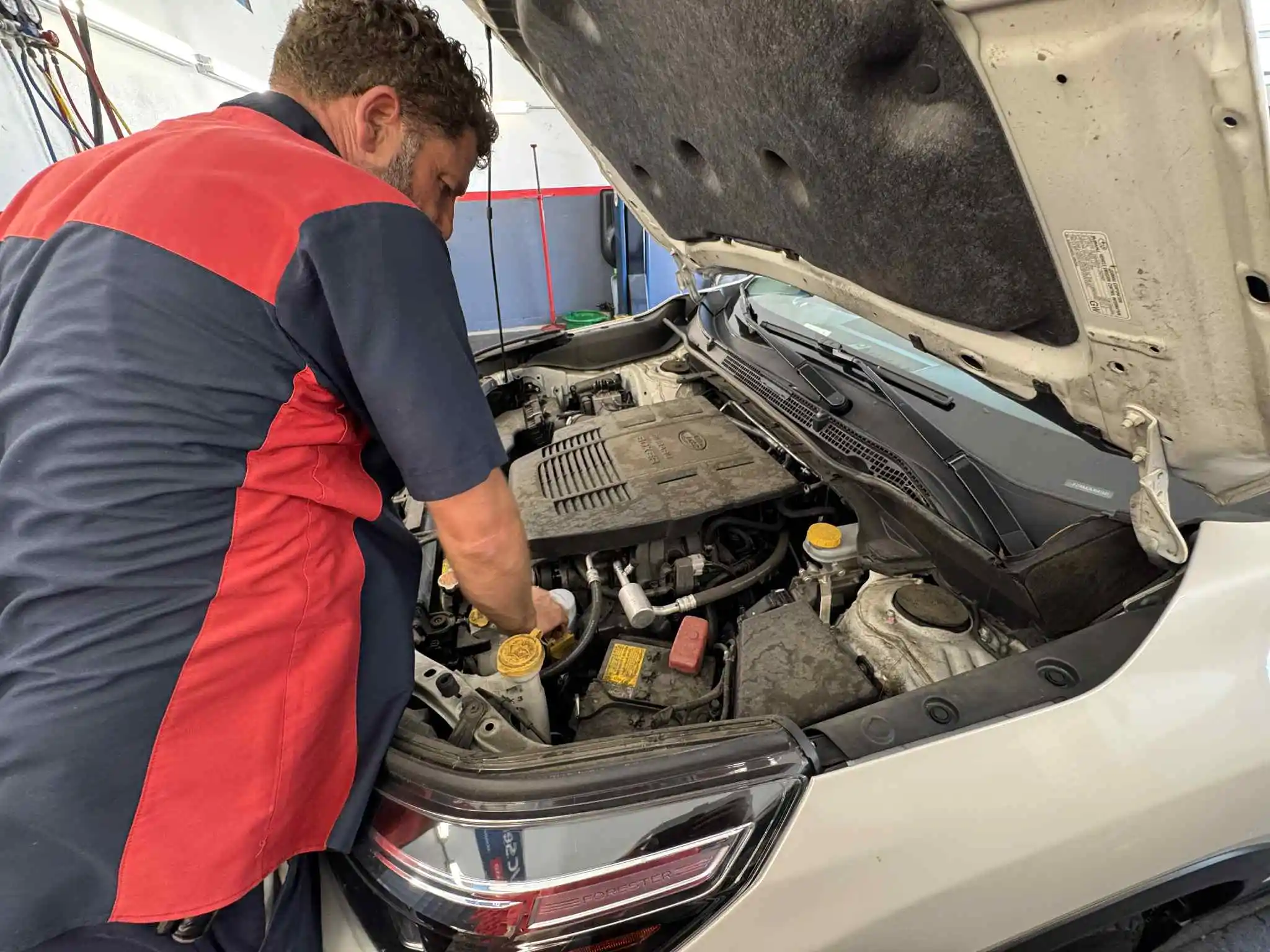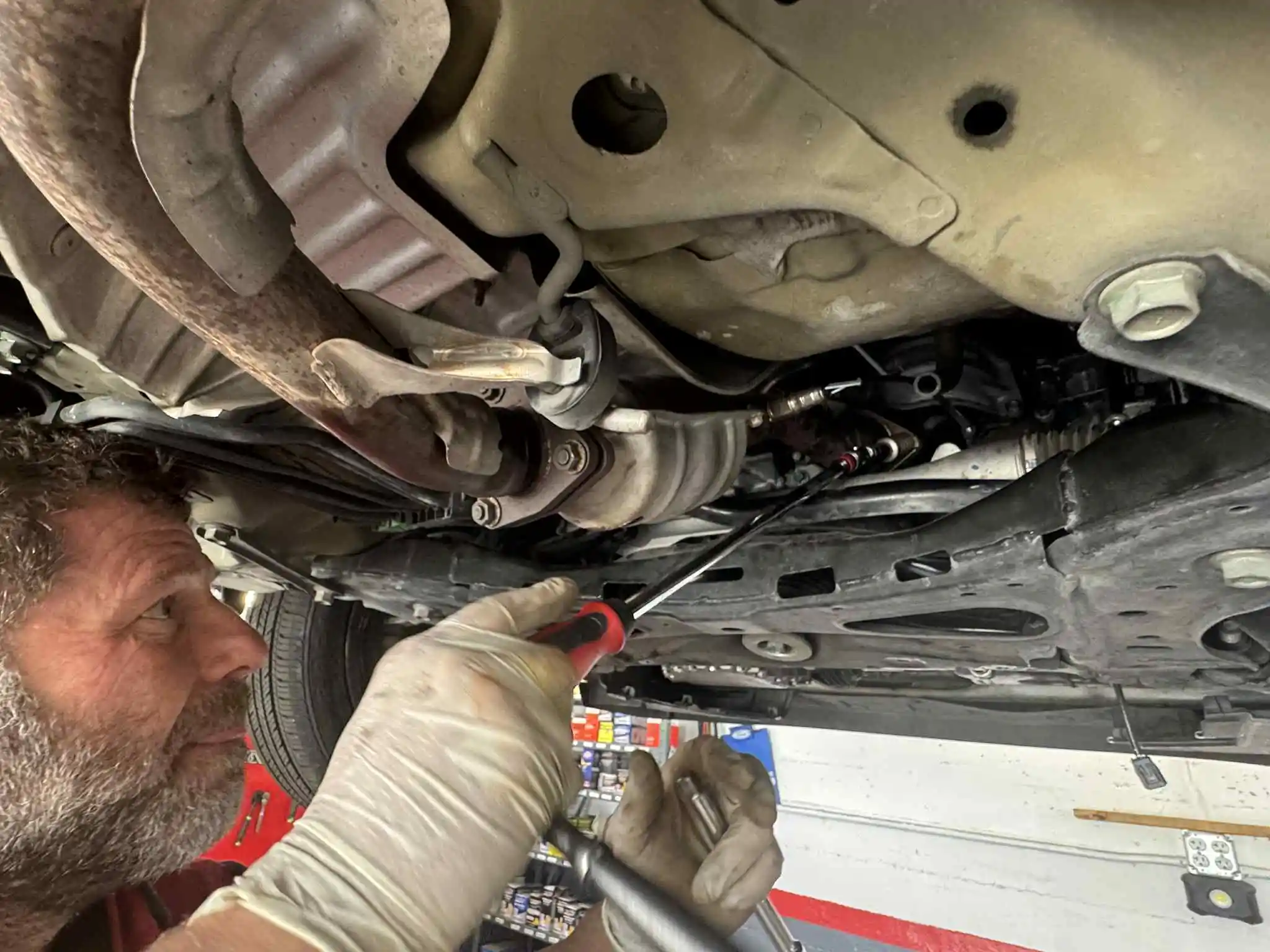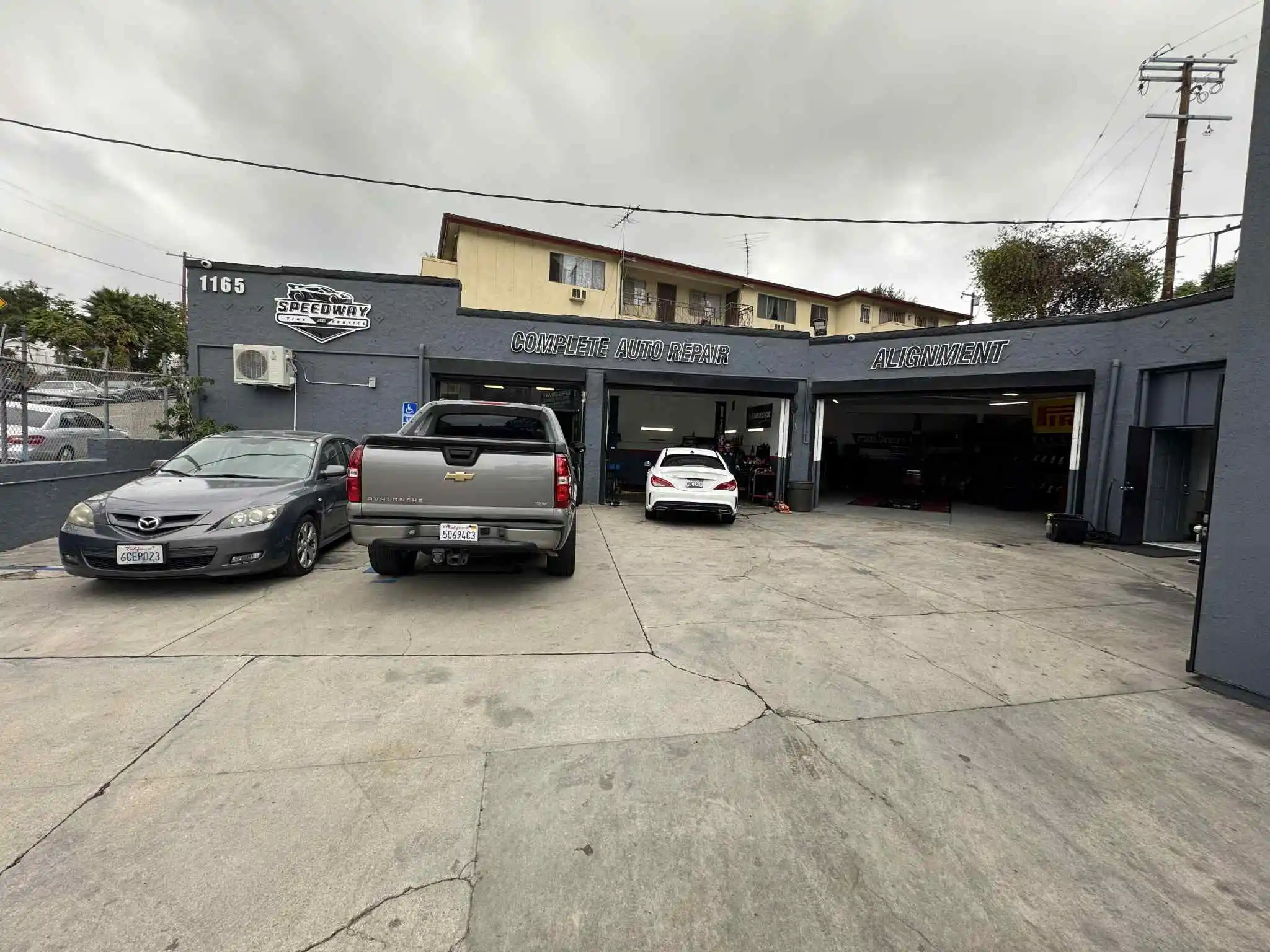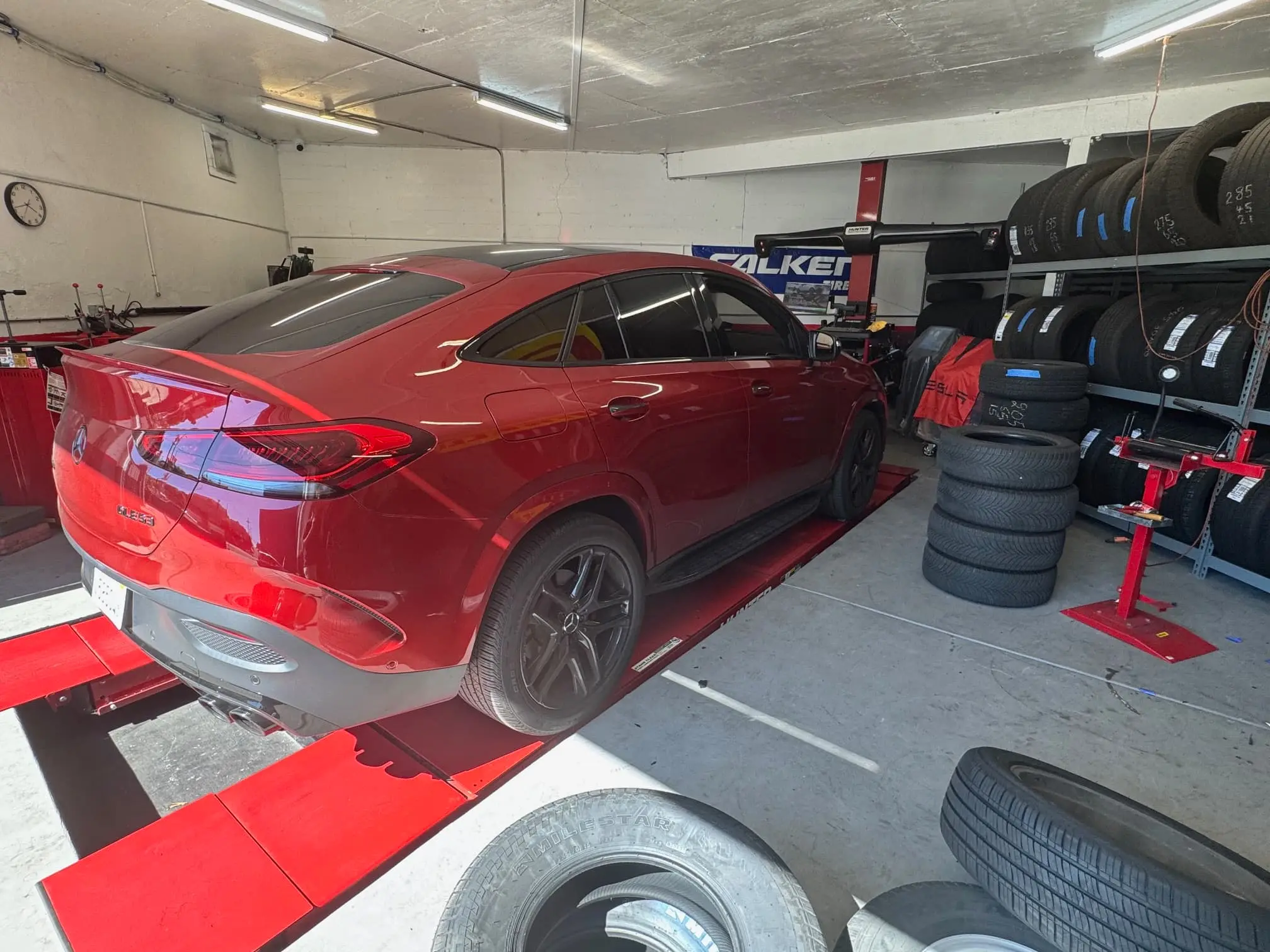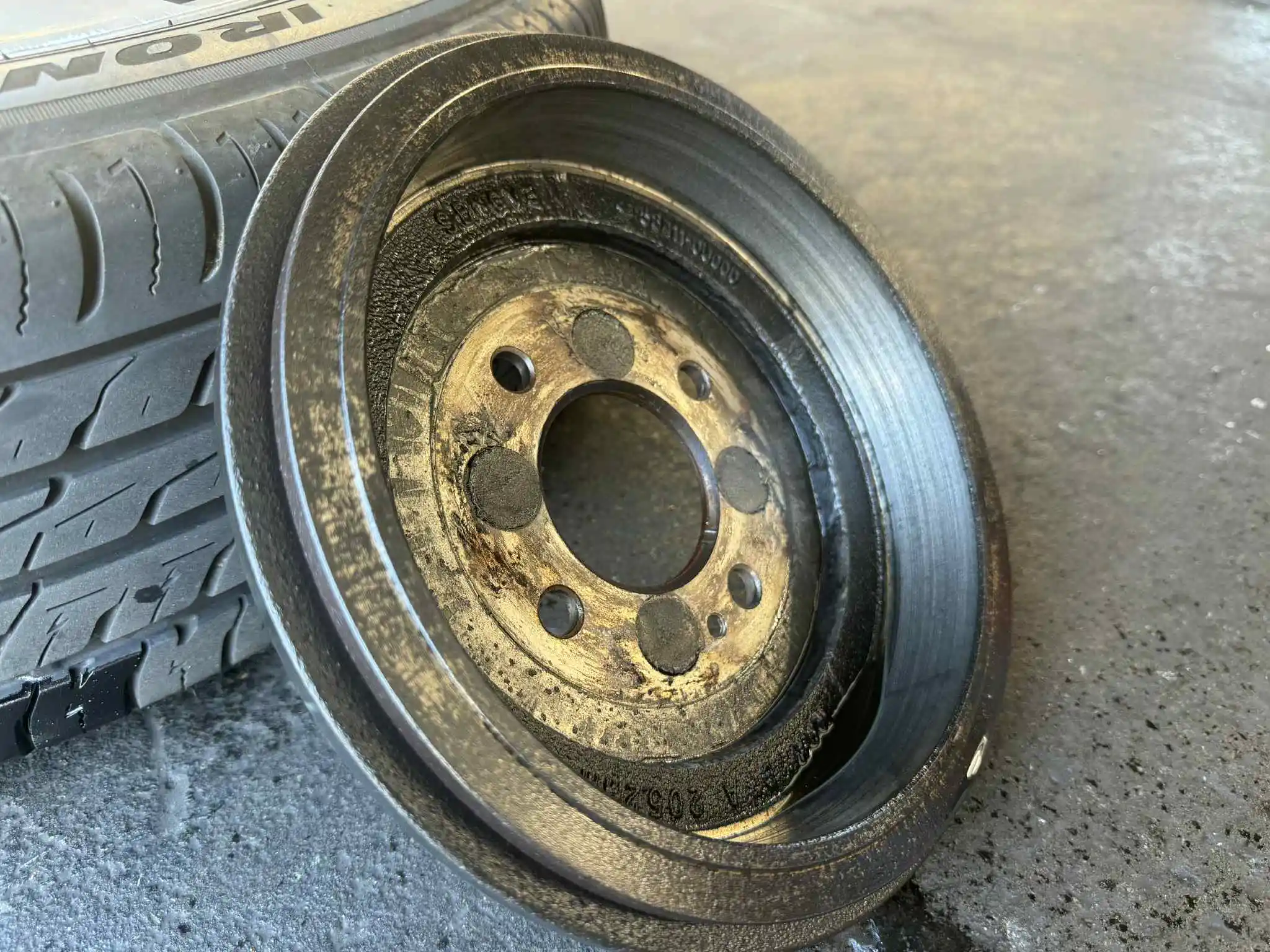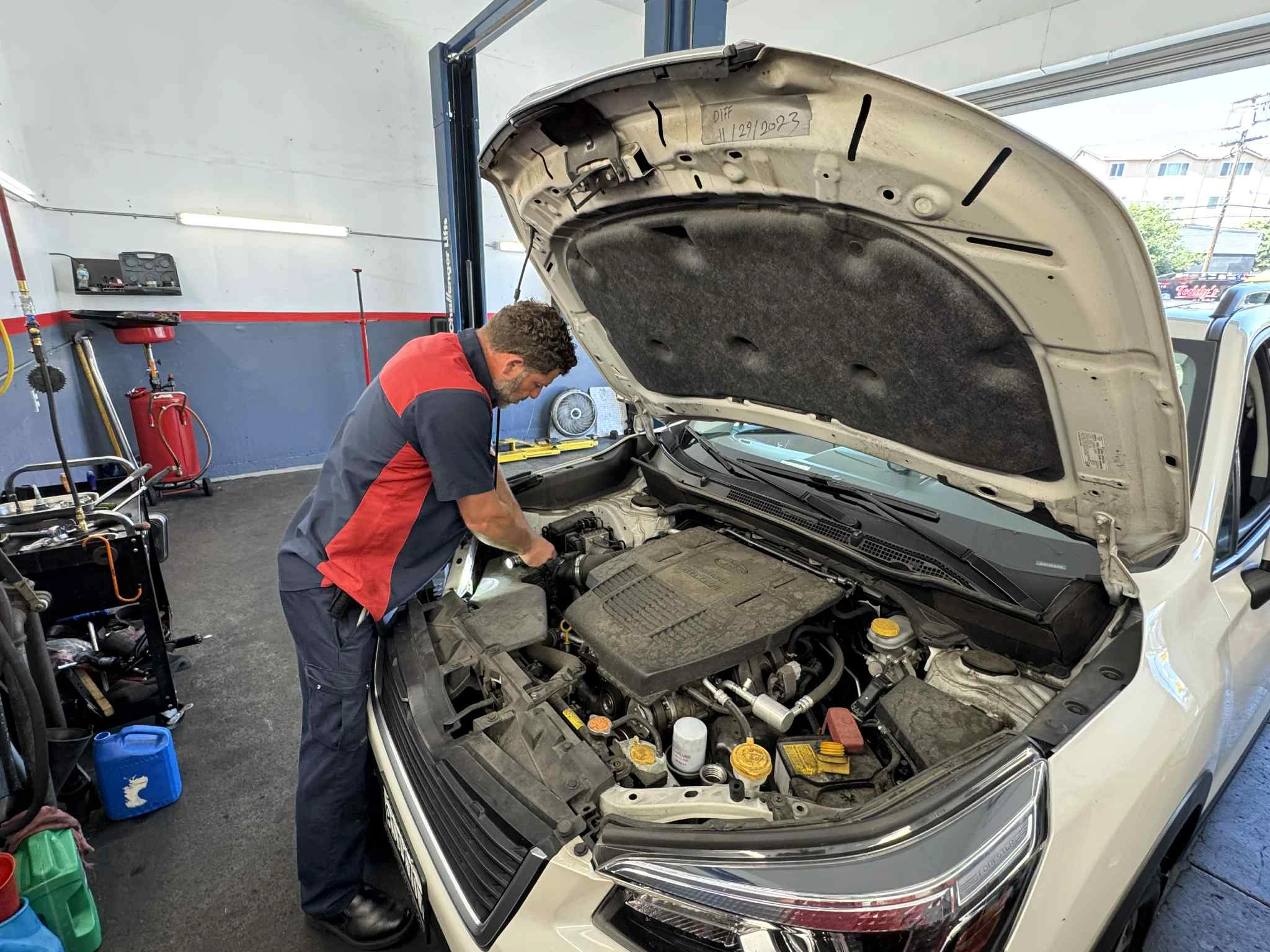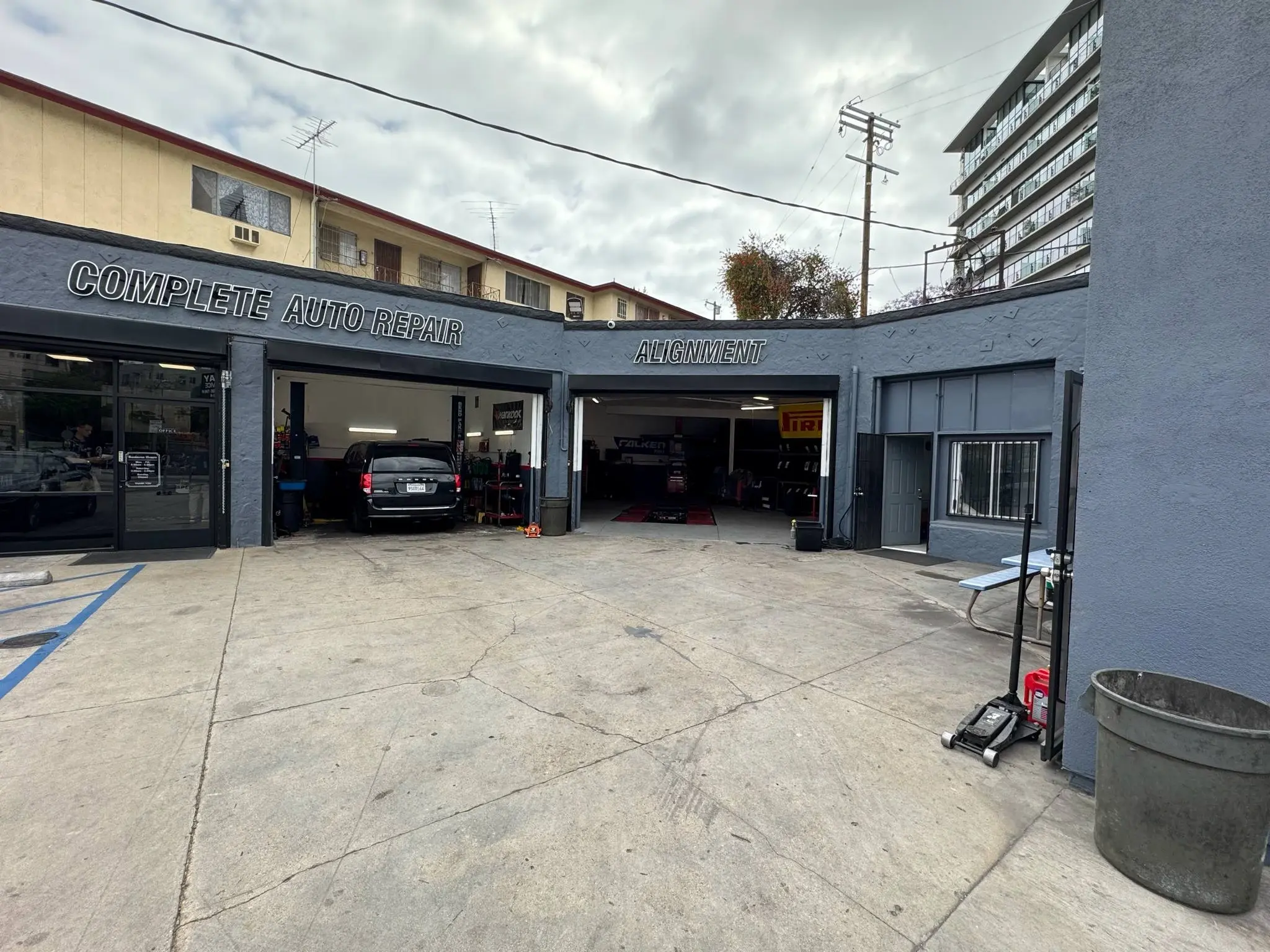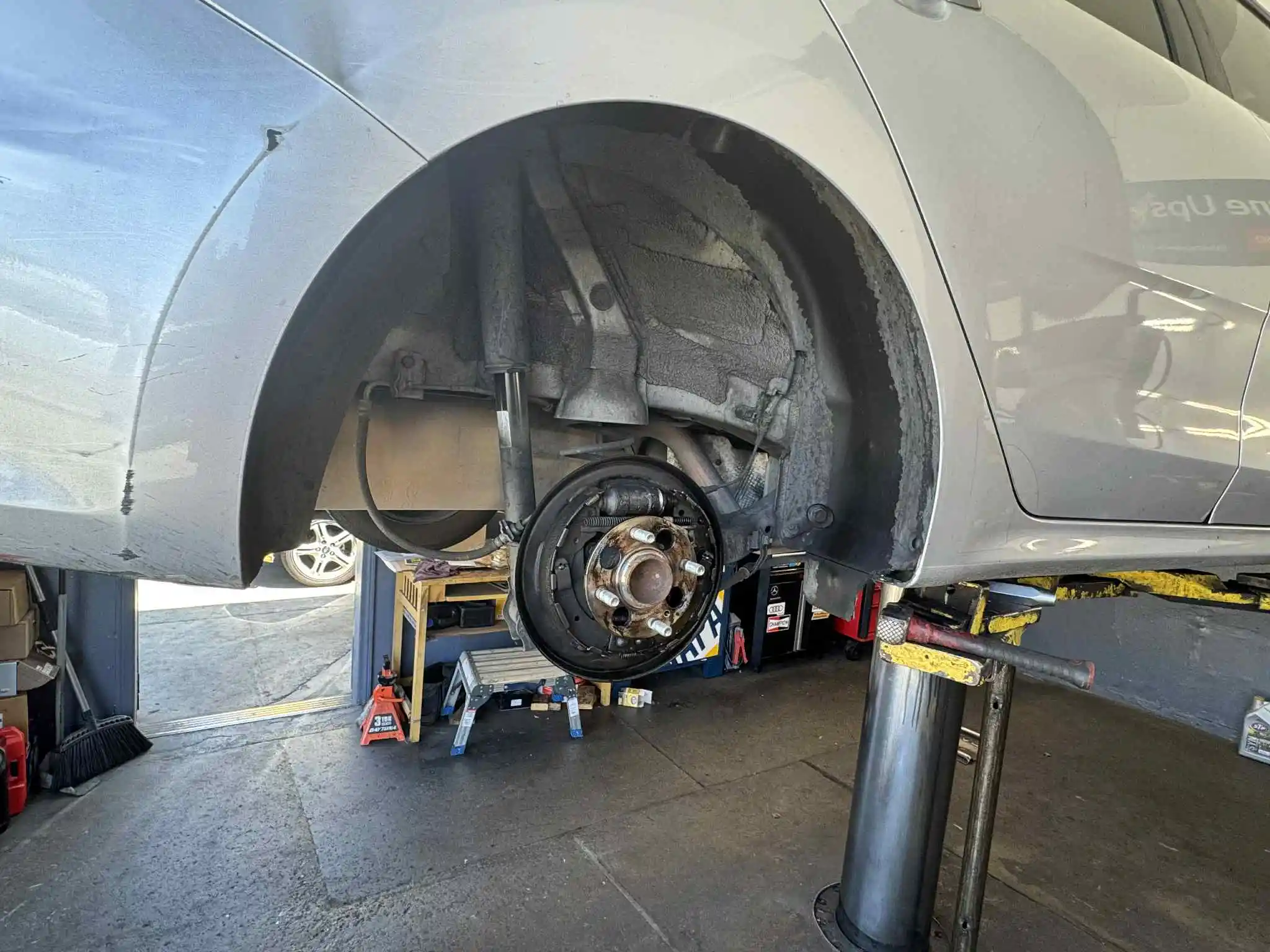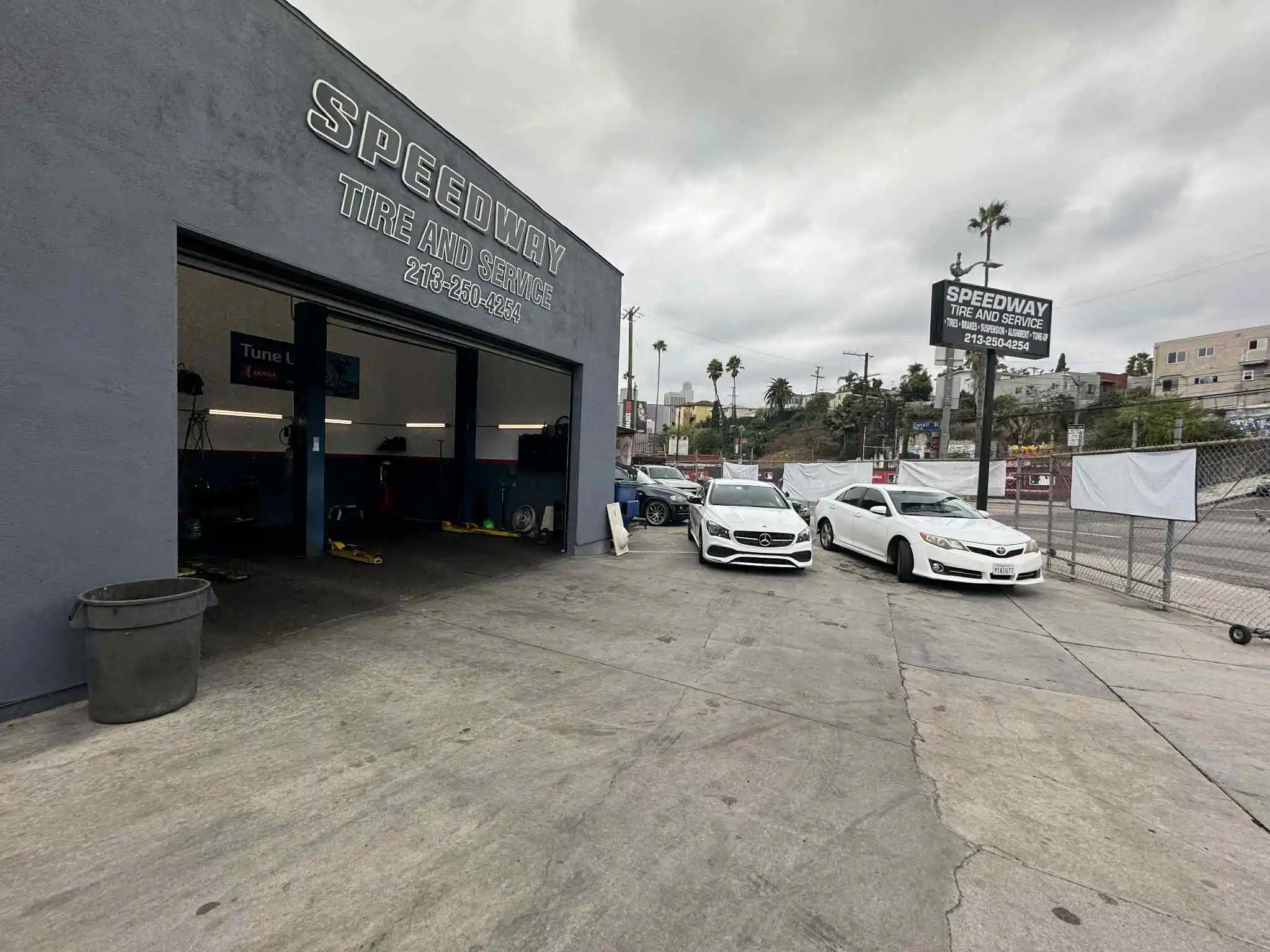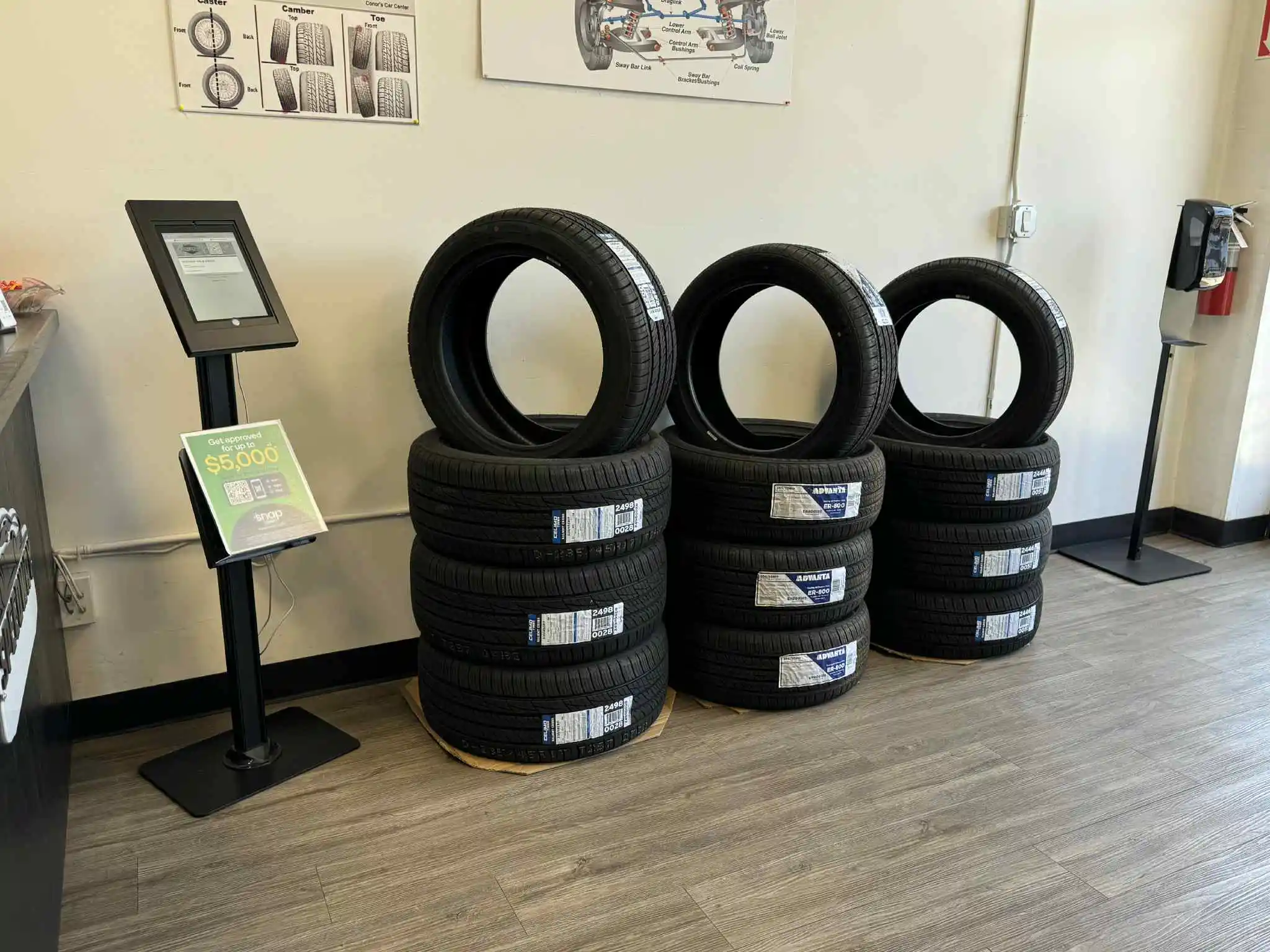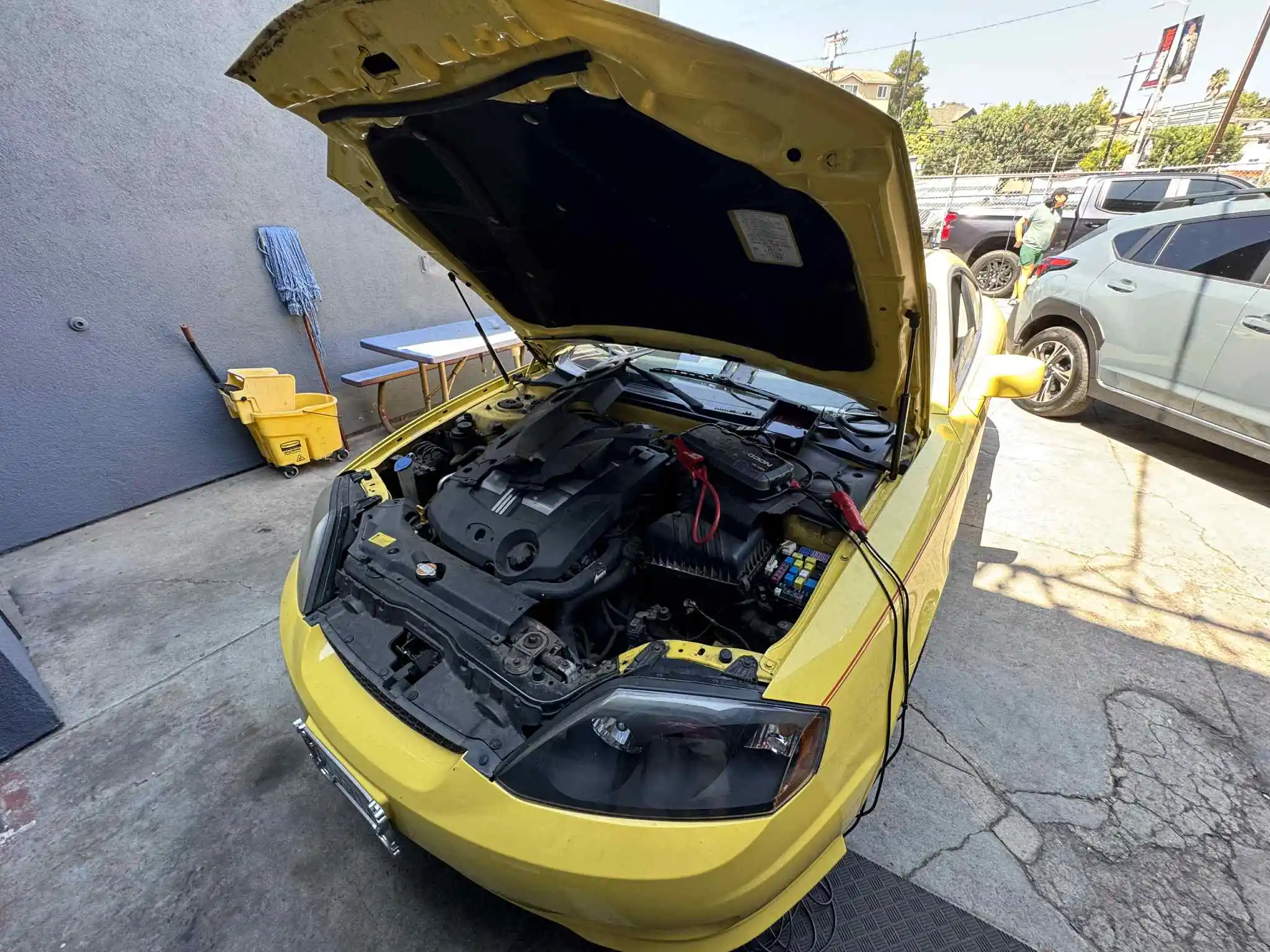Summer PSI Myths: The Right Tire Pressure for Echo Park & Silver Lake
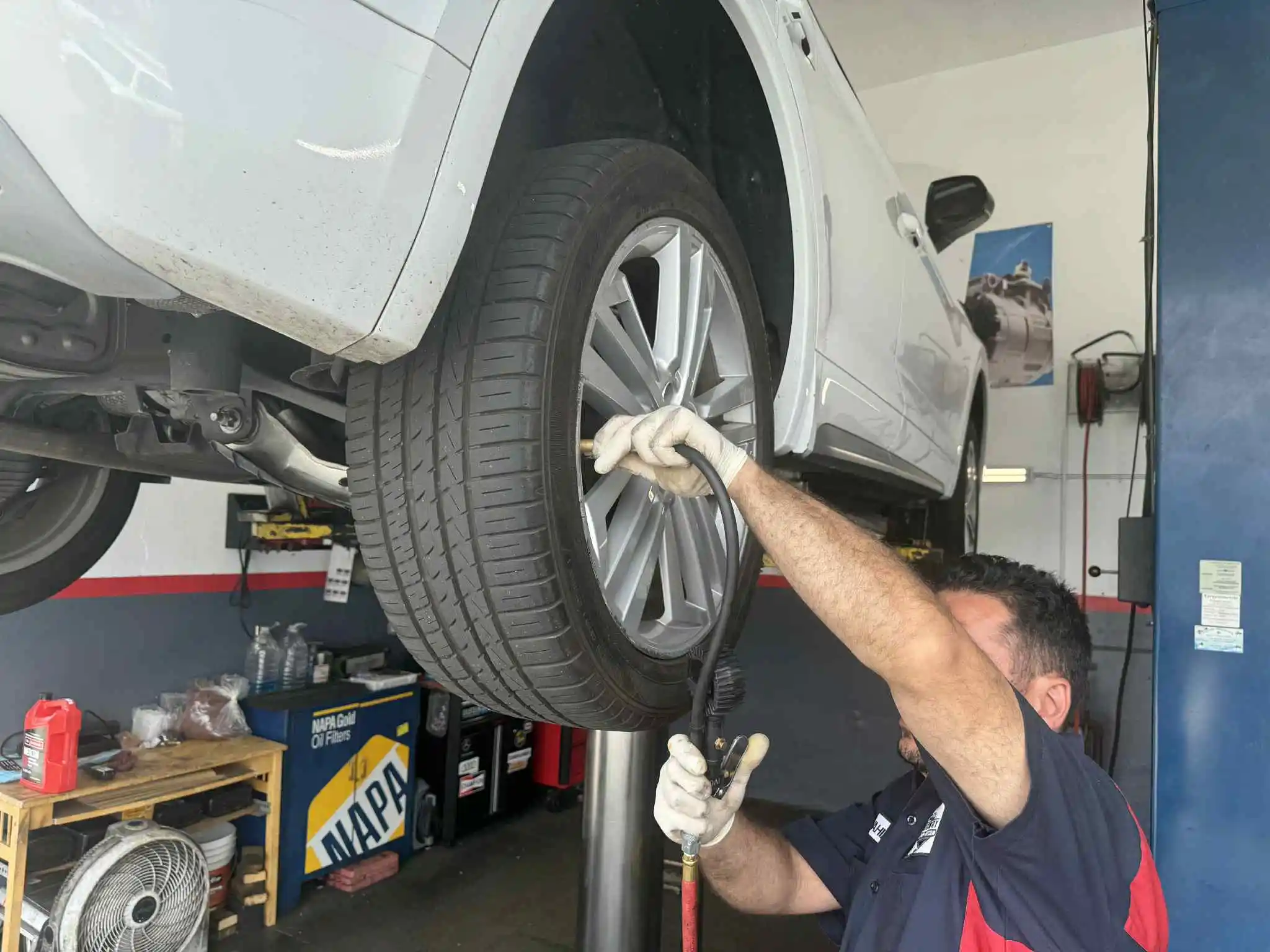
As the summer sun heats the pavement in Echo Park and Silver Lake, a common question arises: "Should I adjust my tire pressure for the heat?" This question has spawned numerous summer tire pressure myths, leading to confusion and, in some cases, dangerous driving conditions.
Proper tire inflation is one of the most critical aspects of vehicle safety and efficiency. Let's debunk the myths and give you the definitive guide to managing your tire pressure during a hot Los Angeles summer.
Myth 1: "You should let air out of your tires in the summer."
The Myth: The air inside your tires expands in the heat. To prevent the pressure from getting too high and causing a blowout, you should release some air.
The Reality: This is the most dangerous myth of all. Under-inflating your tires is far more hazardous than over-inflating them. An under-inflated tire flexes more, causing excessive heat to build up in the tire's structure. This heat is the primary cause of catastrophic tire failure (a blowout).
According to the National Highway Traffic Safety Administration (NHTSA), tires that are under-inflated by just 25% are three times more likely to be involved in a crash. Under-inflation also ruins fuel economy and causes rapid, uneven tread wear.
Myth 2: "The pressure on the tire sidewall is the correct pressure."
The Myth: The tire itself has a pressure number molded into it, so that must be the right one to use.
The Reality: This number is the sidewall max pressure. It indicates the maximum pressure the tire can safely hold, not the recommended operating pressure for your specific vehicle. Inflating your tires to this number will result in a harsh ride, a reduced contact patch with the road (leading to less grip), and accelerated wear in the center of the tread.
The Correct Pressure: The only pressure you should follow is the one recommended by your vehicle's manufacturer. You can find this on the placard (sticker) inside your driver's side door jamb or in your owner's manual. This pressure is determined after extensive testing to provide the best balance of safety, handling, and fuel economy for your car.
The Golden Rule: Always Use "Cold Inflation" Pressure
The key to getting tire pressure right is checking it under the right conditions. The recommended PSI on your door placard is a cold inflation pressure.
What is Cold Inflation? This means you should check your tire pressure when the tires are "cold"—ideally, first thing in the morning before you've driven the car, or after it has been parked for at least three hours.
As you drive, the tires heat up, and the pressure will naturally increase by 3-5 PSI. This is normal and expected. Vehicle engineers have already accounted for this temperature-related pressure increase. Never let air out of a hot tire to match the cold inflation number.
Understanding Your TPMS Thresholds
Your Tire Pressure Monitoring System (TPMS) is a crucial safety feature, but it's not a substitute for a manual gauge. The TPMS thresholds are set to trigger a warning light only when the pressure drops significantly below the recommended level—typically 25% or more.
If your recommended pressure is 35 PSI, the light might not come on until the tire is at 26 PSI or lower. At that point, your tire is already dangerously under-inflated. Think of the TPMS as an emergency warning, not a maintenance tool. The only way to ensure correct pressure is with a reliable tire gauge, checked weekly.
Pro Tip: Regular tire rotations and balancing are just as important as correct pressure for ensuring long tread life and safe handling.
The Final Verdict for LA Drivers
For driving in Echo Park, Silver Lake, or anywhere in LA this summer, the rule is simple:
- Find the recommended cold inflation pressure on your driver's door jamb sticker.
- Check your tire pressure in the morning with a quality gauge.
- Inflate your tires to the recommended number.
- Never use the sidewall max pressure.
- Never let air out of a hot tire.
Unsure about your tire pressure or the health of your tires? Contact us or visit Speedway Tire & Service. We offer complimentary pressure checks and professional tire inspections to ensure you're driving safely all summer long.
Looking for an honest Auto Repair Shop in Los Angeles? Call Speedway Tire and Service Today
Whether you’re driving through LA traffic or cruising the freeways, your car deserves expert care. Located in Los Angeles, Speedway Tire and Service offers reliable oil changes, brake repairs, tire services, and more—all backed by experienced technicians and honest pricing.
